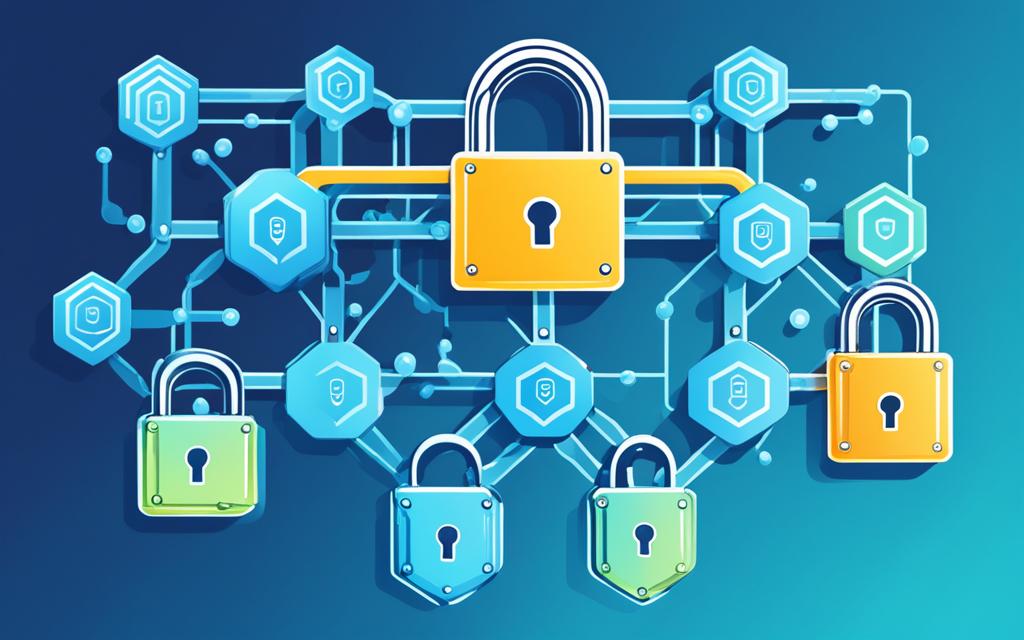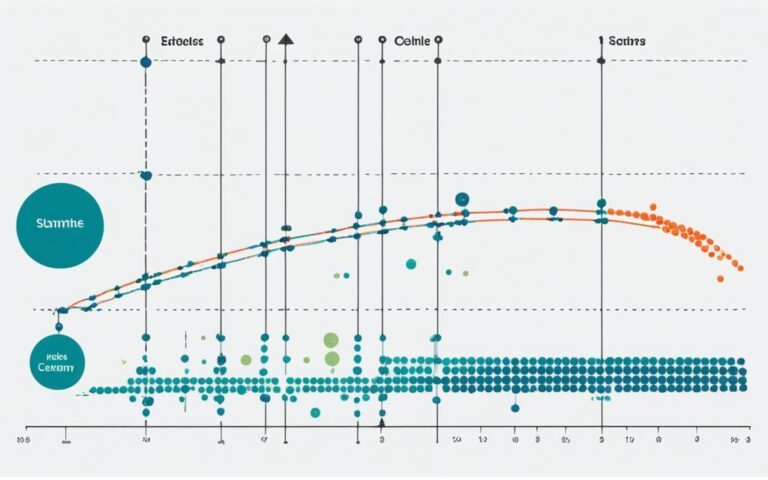Security Myths Oppugned: Rethinking Cybersecurity Practices
Rethinking Cybersecurity Strategies is crucial in today’s digital landscape. As the threat of cyber attacks continues to loom over individuals and organizations alike, it’s time to challenge some common security myths that may be hindering our efforts to protect against cyber threats. The status quo of cybersecurity practices needs a shake-up.
Let’s face it, the world of cybersecurity is not what it used to be. It’s no longer enough to rely solely on antivirus software or believe that we are not a target. The reality is that cybercriminals are becoming more sophisticated, and they target anyone and everyone. We must dispel these misconceptions and adopt a proactive approach to safeguarding our digital assets.
But how can we effectively rethink our cybersecurity strategies? It starts with understanding the data from various sources and using that knowledge to inform our decisions. It’s about implementing practical measures that go beyond basic security protocols.
This article will delve into the common myths that persist in cybersecurity and provide insights on how to revamp our practices. We’ll explore key areas of focus, such as multi-factor authentication, regular software updates, cybersecurity training, and leveraging advanced technologies. Our goal is to empower you with the knowledge and tools necessary to protect yourself and your organization in today’s ever-evolving threat landscape.
It’s time to challenge the status quo. Let’s rethink cybersecurity strategies, debunk the myths, and fortify our defenses against cyber threats. Are you ready?
Common Myths in Cybersecurity
When it comes to cybersecurity, it’s easy to fall prey to common misconceptions and myths. These misguided beliefs can leave individuals and organizations vulnerable to cyber threats. Let’s debunk some of the most prevalent cybersecurity myths and shed light on the truth.
Myth 1: “I’m not a target”
Many people mistakenly believe that they won’t be targeted by cybercriminals because they are not high-profile individuals or organizations. However, the reality is that cybercriminals are indiscriminate in their attacks. They exploit any vulnerability they can find, regardless of the size or prominence of the target.
This is supported by data from multiple sources, revealing a disturbing trend of increasing cyber attacks on individuals and businesses of all sizes. From phishing emails to ransomware attacks, no one is exempt from the threat of cybercrime.
Myth 2: “I have antivirus software, so I’m safe”
Antivirus software is an essential component of cybersecurity defenses, but relying solely on it is a mistake. Cyber threats are evolving at a rapid pace, with sophisticated techniques that can bypass traditional antivirus measures. Advanced malware, zero-day exploits, and targeted attacks can easily slip through the cracks.
It is crucial to adopt a multi-layered approach to cybersecurity, incorporating additional measures such as endpoint protection, network monitoring, and intrusion detection systems. A comprehensive strategy provides a much stronger defense against modern cyber threats.
Myth 3: “Cybersecurity is IT’s responsibility only”
Cybersecurity is a collective responsibility that extends beyond the IT department. Every individual within an organization plays a role in maintaining robust security practices. From employees following password protocols to executives making informed decisions on security investments, everyone must be actively engaged.
Furthermore, cybersecurity training and awareness programs are vital to educate employees about the latest threats and best practices. By creating a culture of security awareness, organizations can minimize the risk of falling victim to social engineering attacks and other forms of cyber deception.
Giving your employees the knowledge and tools to protect themselves and the organization is essential in the battle against cybercrime – William Smith, Cybersecurity Expert.
By debunking these common myths and misconceptions, we can better understand the true nature of cybersecurity threats. It’s time to rethink our strategies and adopt a proactive mindset to safeguard our digital assets.
Stay tuned for the next section, where we’ll dive deeper into rethinking cybersecurity strategies and explore effective practices for better protection.
Rethinking Cybersecurity Strategies
Effective cybersecurity strategies are crucial in today’s digital landscape. It is essential to analyze data from various sources and identify key areas for improvement in order to enhance our cybersecurity defenses. By embracing more effective practices, we can protect our digital assets from ever-evolving cyber threats.
One important aspect to consider is implementing multi-factor authentication. This adds an extra layer of security by requiring users to provide more than just a password for authentication. By incorporating additional factors such as a fingerprint scan or a unique code generated on a mobile device, we can significantly reduce the risk of unauthorized access.
Regularly updating software and systems is another vital step in improving cybersecurity practices. Out-of-date software often contains vulnerabilities that hackers can exploit. By promptly applying patches and updates, we can ensure that our systems are equipped with the latest security features and safeguards.
Providing cybersecurity training for employees is also critical. Human error remains one of the leading causes of security breaches. By educating and raising awareness among employees about the importance of cybersecurity, we can empower them to make informed decisions and reduce the likelihood of falling victim to social engineering attacks.
Leveraging advanced technologies such as artificial intelligence (AI) and machine learning can further enhance our cybersecurity defenses. These technologies have the capability to analyze vast amounts of data and identify potential threats in real-time. By detecting anomalies and patterns that may indicate malicious activity, AI-powered systems can bolster our threat detection and response capabilities.
Practical Recommendations:
- Implement multi-factor authentication for all systems and accounts.
- Regularly update software and systems to ensure the latest security patches are applied.
- Provide comprehensive cybersecurity training for employees
- Invest in advanced technologies such as AI and machine learning to strengthen threat detection and response capabilities.
By rethinking our cybersecurity strategies and implementing these recommendations, we can significantly improve our cybersecurity practices and better protect our digital assets from emerging threats.
Conclusion
In conclusion, cybersecurity strategies must be rethought and adapted to the rapidly evolving threat landscape. By dispelling common myths and embracing more effective practices, individuals and organizations can significantly improve their defenses against cyber threats. The data from various sources underscores the importance of regularly updating cybersecurity defenses and leveraging advanced technologies.
Implementing multi-factor authentication and providing comprehensive cybersecurity training for employees are crucial steps in enhancing overall cybersecurity resilience. These measures can help prevent unauthorized access and minimize the impact of potential security breaches. By continuously reassessing and improving cybersecurity practices, individuals and organizations can stay one step ahead of cybercriminals, safeguarding their valuable digital assets.
As the digital landscape continues to evolve, it is vital to adopt effective cybersecurity practices that align with the latest industry standards and best practices. This includes robust incident response plans, regular vulnerability assessments, and a proactive approach towards threat detection and mitigation. By rethinking cybersecurity strategies and implementing effective measures, individuals and organizations can mitigate the risks associated with cyber threats, ensuring the protection of sensitive information and maintaining customer trust.
FAQ
What are some common myths in cybersecurity?
Some common myths in cybersecurity include the belief that individuals or organizations are not targets, and that having antivirus software is enough for protection.
Why is it important to rethink cybersecurity strategies?
Rethinking cybersecurity strategies is crucial in today’s rapidly evolving threat landscape to ensure effective protection against cyber threats.
How can I improve my cybersecurity practices?
You can improve your cybersecurity practices by implementing multi-factor authentication, regularly updating software and systems, and providing cybersecurity training for employees.
What are some advanced technologies that can enhance cybersecurity defenses?
Advanced technologies such as artificial intelligence and machine learning can enhance threat detection and response capabilities.










